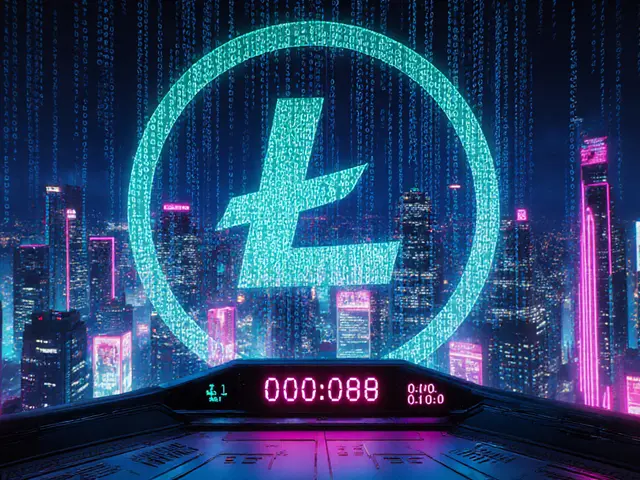
NFT Trading Fees – What They Are and How to Reduce Them
When you start moving, buying, or selling non‑fungible tokens, the first thing you notice is the price you pay to get the transaction onto the blockchain. This cost is known as NFT trading fees, the amount of cryptocurrency you must spend to record an NFT action on a network. Also called NFT transaction costs, it directly affects your profit margin and how often you can trade.
The biggest driver behind those fees is gas fees, the per‑unit price paid to miners or validators for processing a transaction. On high‑traffic networks like Ethereum, gas fees can spike dramatically, turning a cheap $50 NFT flip into a $200 expense. Because gas fees are priced in the network’s native token (ETH, BNB, etc.), they fluctuate with market demand and token price, making cost prediction a moving target.
One way to tame the surge is to use layer-2 scaling solutions, protocols that bundle many transactions together before posting a single proof to the main chain. Examples such as Immutable X, zkSync, and Polygon let you mint, list, or trade NFTs while paying a fraction of the original gas cost. In practice, layer‑2 can cut fees by 90% or more, turning a $200 Ethereum gas bill into a $20 transaction on a roll‑up.
Among layer‑2 options, zk‑rollups, zero‑knowledge proof systems that validate batches of transactions off‑chain are gaining fast adoption for NFT markets. Their zero‑knowledge proofs guarantee security while keeping data on the main chain minimal. This means you get the same trust level as Ethereum but with dramatically lower NFT trading fees. Projects like Immutable X use zk‑rollups to offer feeless trades for gamers and collectors, effectively removing the fee barrier for high‑volume activity.
Even with layer‑2, the mempool – the queue of pending transactions – still matters. When the mempool is crowded, validators prioritize transactions that attach higher gas prices, pushing your NFT move down the line. Understanding mempool priority lets you time your trades for off‑peak moments, such as late nights UTC or weekend windows, when demand drops and fees settle. Some wallets now display real‑time mempool congestion, giving you a simple way to decide whether to wait or pay a higher fee for instant confirmation.
Practical Tips to Keep NFT Trading Fees Low
Start by checking if the marketplace you use supports a layer‑2 bridge; if it does, move your NFTs there before listing. Next, monitor gas trackers like Etherscan or Blocknative to spot low‑fee windows. Finally, consider bundling multiple NFT actions (e.g., minting several tokens in one transaction) to spread the fixed cost across many items. By combining these tactics, you can turn a costly trading habit into a more predictable, affordable part of your NFT strategy.
The articles below dive deeper into each of these concepts – from how zk‑rollups eliminate fees to step‑by‑step guides on reading mempool data. Whether you’re a collector, creator, or trader, you’ll find concrete advice that helps you navigate the fee landscape and keep more value in your pocket.




